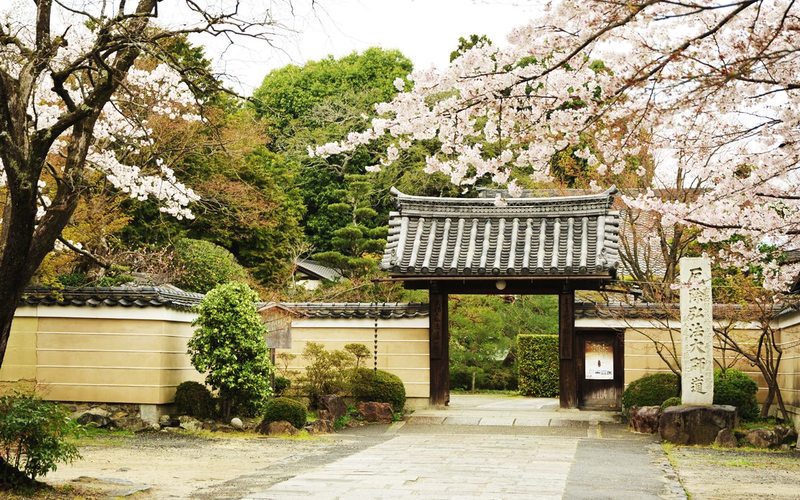Jinko-in Temple

Jinko-in Temple was founded in the Kamakura period. It is said that the priest of Kamigamo-jinja Shrine received a message from a god saying "Build in the land illuminated by Reiko" so he built a temple by transferring one of the buildings of Kamigamo-jinja Shrine here. Since it is derived from this vision, the temple’s name utilizes the character "Shin," meaning god. The principal image of Buddha is the Kobo Daishi statue. In the Heian era, Kobo Daishi Kukai carried out a 42-year training period and carved his own figure with wood. In addition to this temple, there are Toji Temple, Nin-naji Temple which has connections with Kukai, and Kyoto has a custom of praying for protection by worshiping these three temples called "Kyo no Sankou Koubou Meguri." Also, in Kyoto, where there are many events related to vegetables. Jinko-in is famous for "cucumber sealing" held every July where guests are invited to wrap a cucumber with a prayed paper with their name, age and health issues written on it and tie it with the string of Mizuhiki. It was believed that if then you rub that cucumber on the infected part of your body and bury it in the ground, you will soon be cured. "Ren-getsu-an," nestled in the lush greenery, is a tea room where potter and poet Otagaki Rengetsu spent his last years at the end of the Tokugawa period. " Rengetsu ware ", which are ceramics with Ridgetsu's poems written on it, is said to have become very popular as a souvenir of Kyoto.
〒603-8836
120, Nishigamo Jinkoincho, Kita-ku Kyoto-shi, Kyoto, Japan
075-491-4375
Temples/shrines,Importantcultural property
Shingon sect
6: 30 ~ 17: 00 (reception hours are from 9: 00 ~ 16: 30)
Open year around
Free admission
About 3 minutes on foot from Jinkoin mae stop of the Kyoto city bus
※The written notice and information on this page are as of the date of publication. Please refer or confirm the latest information of each spot on individual introduced website.